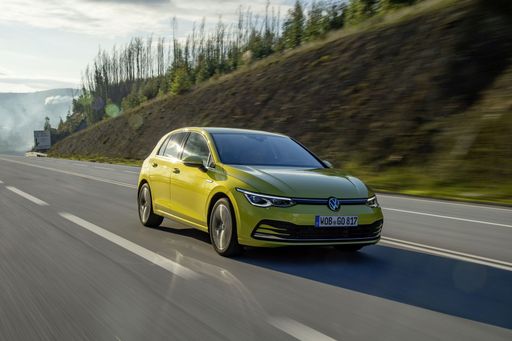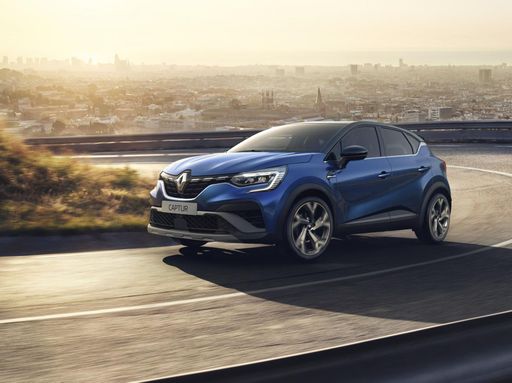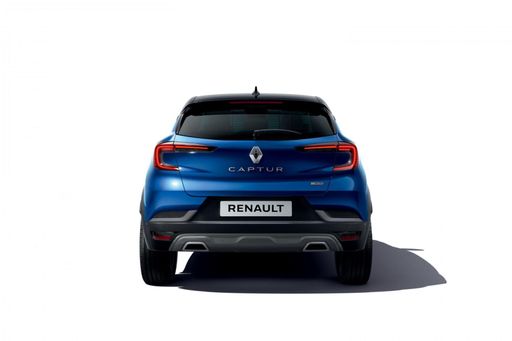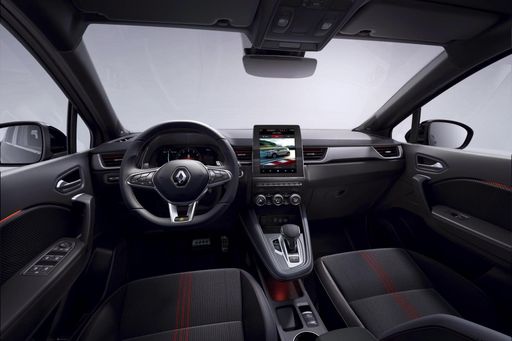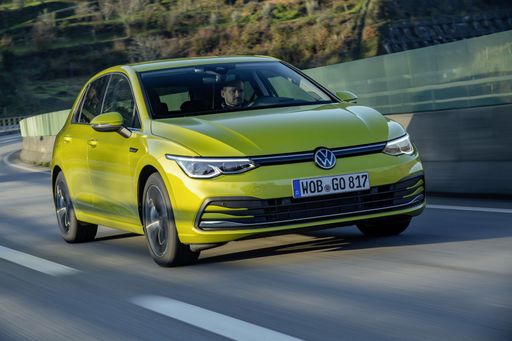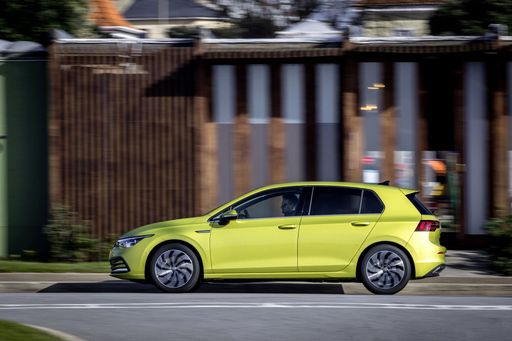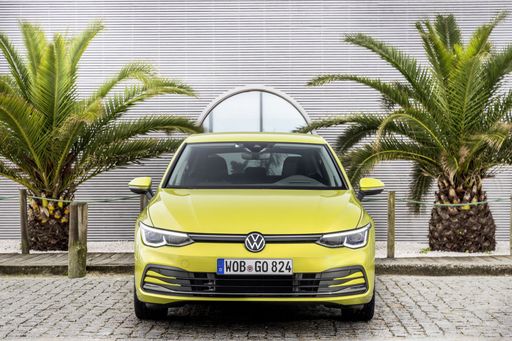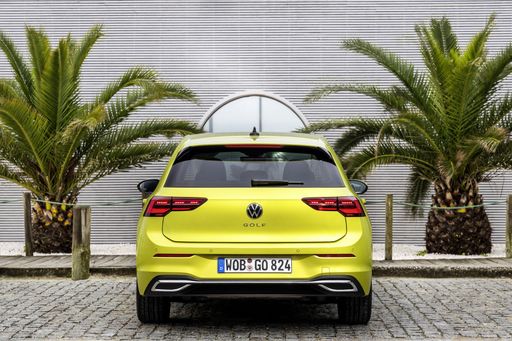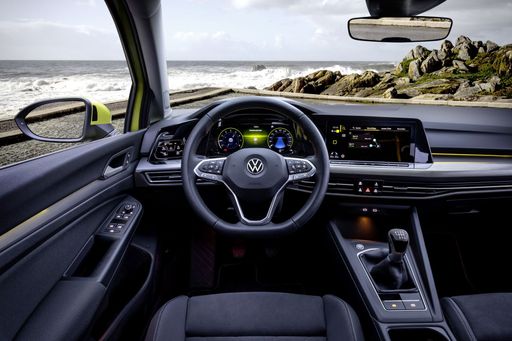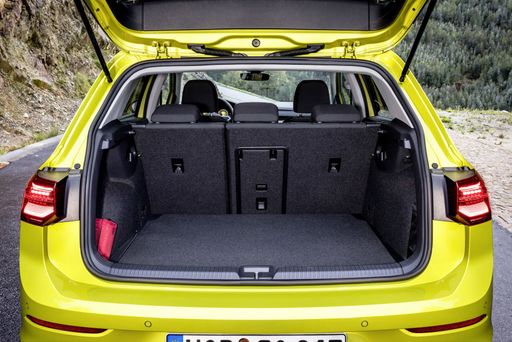The Compact Crossover vs. Hatchback: Renault Captur vs. VW Golf
The automotive world is bustling with innovations, and two names often come up when discussing popular compact vehicles: the Renault Captur and the VW Golf. Both models are respected for their engineering, practicality, and driving dynamics. However, they cater to slightly different needs and preferences.

